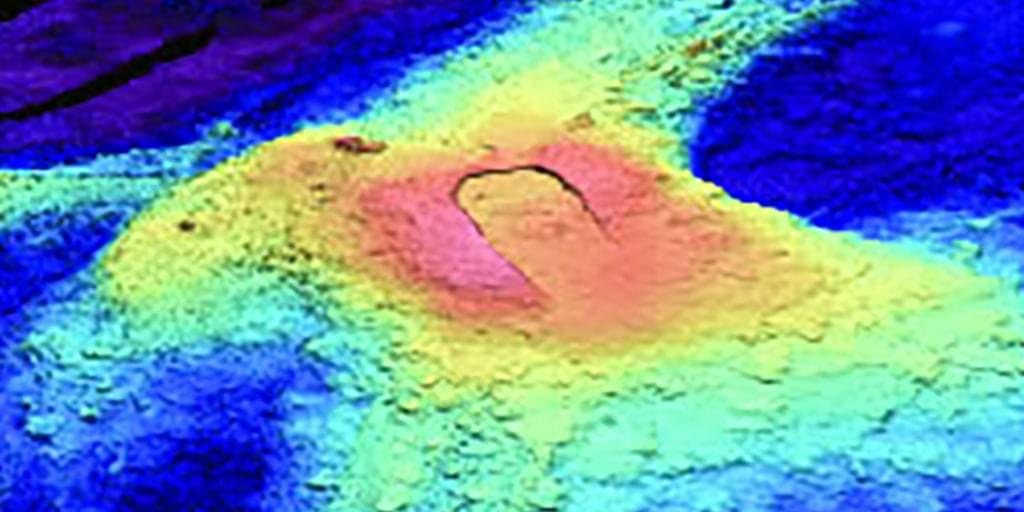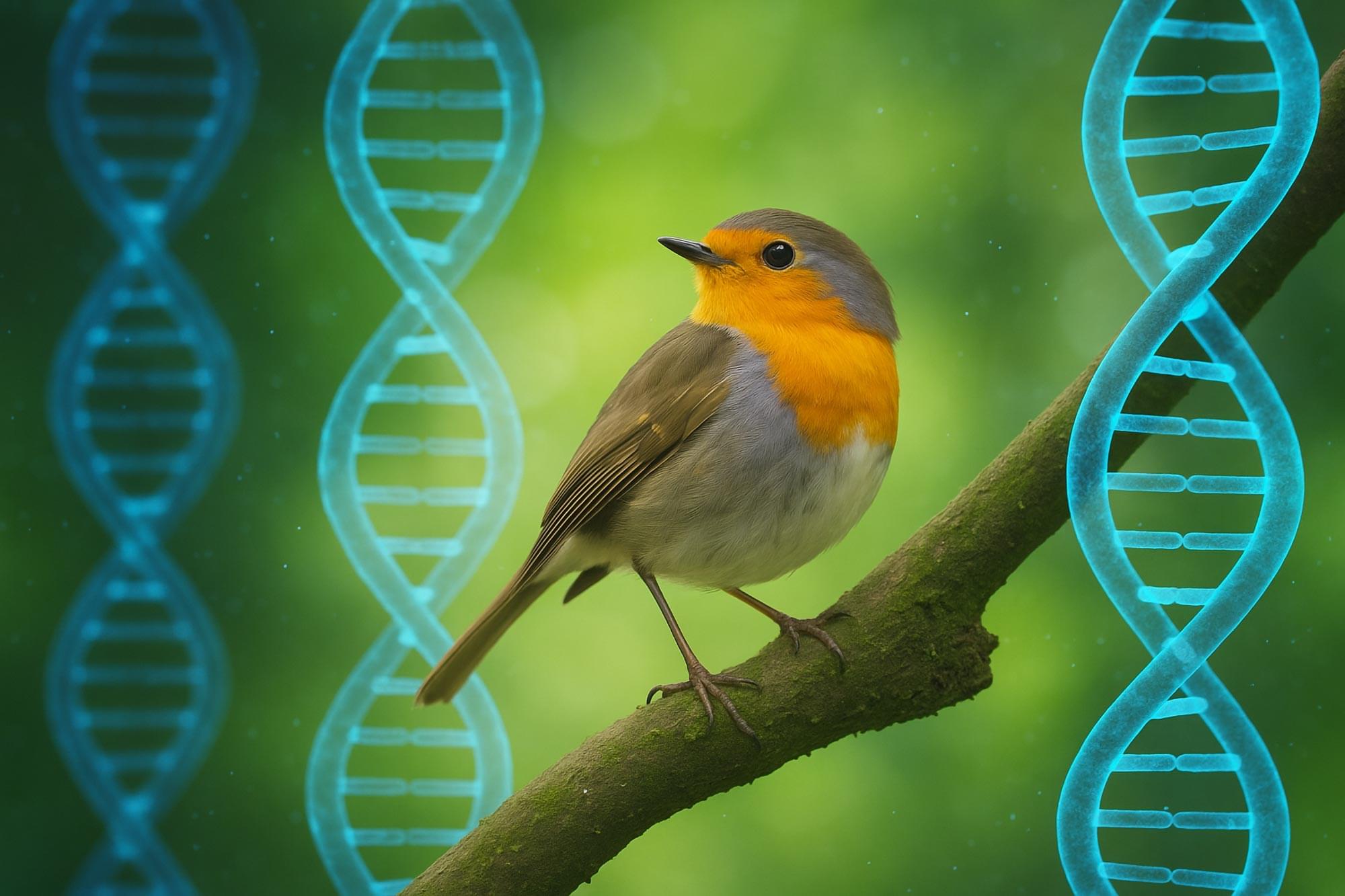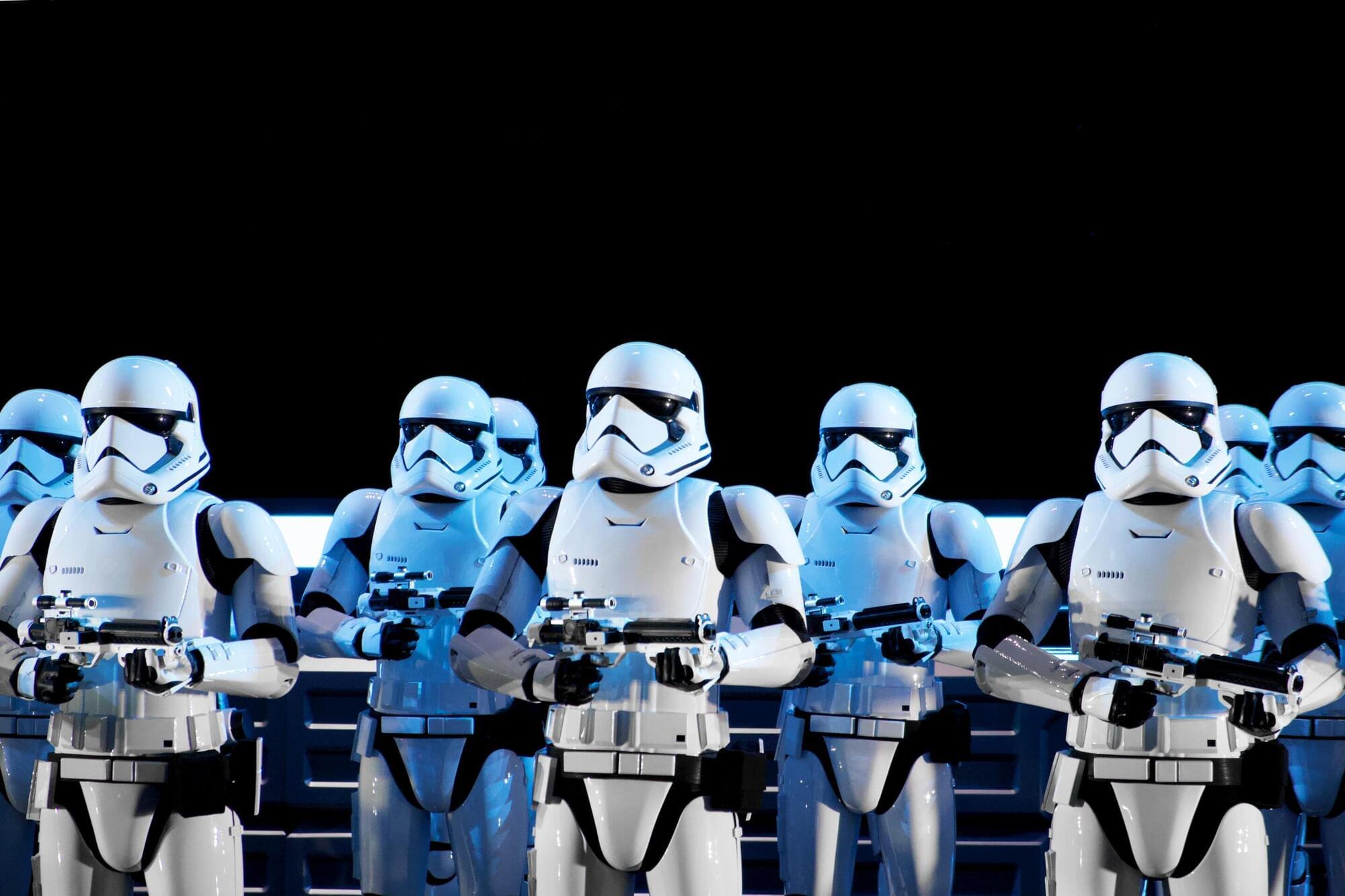A recent study found increased seismicity and swelling at Axial Seamount, suggesting an eruption could occur sometime this year.
While still evolving, Brain-computer interfaces (BCIs) will soon do much more than just allow users to play games.
A research team has created a comprehensive evolutionary tree of all bird species, integrating data from hundreds of studies into the Open Tree of Life, a project that continuously updates with new genomic insights. Professor Emily Jane McTavish and her team at the Cornell Lab of Ornithology have
Scientists at Europe’s famous particle collider briefly created gold ions from lead in a modern twist on the alchemical goal
France’s armed forces are on schedule to develop battle-ready robots by 2040, according to participants in a test bringing together the military with engineers, researchers and defense contractors.
🤖💰🦾Bots coming for your job. David Shapiro explains it succinctly.
All my links: https://linktr.ee/daveshap.
00:00 — Chatbots Saturation.
05:39 — CEO Memo
May 10, 2025
Posted in futurism | Leave a Comment on May 10, 2025
“I think, therefore I am,” René Descartes, the 17th-century French philosopher and mathematician, famously wrote in 1637. His idea was straightforward: even if your senses, the world, or your body deceives you, the very act of thinking proves you exist because there’s a thinker doing the thinking. Cogito, ergo sum, as the phrase goes in Latin, cemented the way the Western world would continue to define the self for the next 400 years—as a thinking mind, first and foremost.
But a growing body of neuroscience studies suggest the father of modern thought got it backward: the true foundation of consciousness isn’t thought, some scientists say—it’s feeling. A massive international study published in Nature late last month is further driving the theory forward. That means “I feel, therefore I am” may be the new maxim of consciousness. We are not thinking machines that feel; we are feeling bodies that think. And it’s more than a philosophical debate, too. Determining where consciousness resides could reshape life-or-death decisions and force society to rethink who, or what, truly counts as being self-aware.
The experiment used a rare “adversarial collaboration” model, bringing together scientists with opposing views to test two major theories of consciousness: integrated information theory (IIT) and global neuronal workspace theory (GNWT). Put simply, IIT says consciousness arises when information in the brain is deeply connected, especially in the back of the brain. GNWT argues that consciousness arises when the front of the brain broadcasts important information across a wide network, like a brain-wide alert.
Persona AI’s humanoid robots will begin welding work in South Korean shipyards by 2027, aiming to boost safety and productivity.
Extract from “Evolution, Basal Cognition and Regenerative Medicine”, kindly contributed by Michael Levin in SEMF’s 2023 Interdisciplinary Summer School (http…









